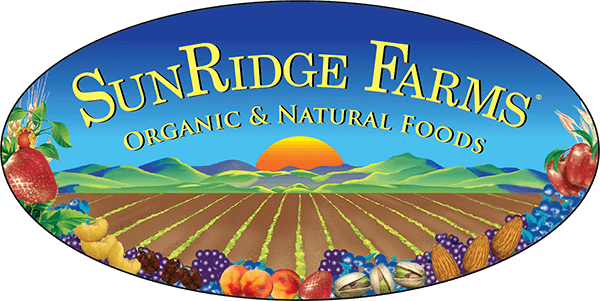Eating organic makes sense. Eating NonGMO also makes sense. Are they one and the same?? No, but either way stick to those labels when you are choosing foods. Here’s a guide that will help you understand the distinction. Thanks to Olivia’s Organics for this.
1. Learn the lingo.
Certified Organic food has been farmed and manufactured within the
strict guidelines set forth by the US Department of Agriculture. Farmers
and handlers that hold a Certificate of Organic Production, have
submitted to a 3rd party audit, certifying that USDA Organic
Standards have been met. They are not allowed to use synthetic
herbicides, pesticides and many other harmful inputs. They also can’t
use anything that has been genetically engineered (GMO’s). Non-GMO
Verified food has been subjected to an additional 3rd party
audit. This verifies that it has been produced according to best
practices for GMO avoidance. Note that organic foods are by definition
non-GMO, but non-GMO foods aren’t always organic.
2. Understand the label.
Certified Organic food will display the USDA ORGANIC seal on the
label. Look for this black/white or green/white logo. Products claiming
to be “100% Organic” or “Organically Grown” may not have been through
the auditing process and are typically not certified. Non-GMO Verified
food will brandish the Non-GMO “Butterfly” logo. Products claiming to be
“GMO Free” are not in compliance with the Non-GMO Project’s
verification process but many food companies have affidavits that certify the Non-GMO nature of that item.
Much
of the recent debate over GMOs has centered on labeling all products
that contain genetically modified ingredients. The U.S. and Canada have
no nationwide labeling requirements, but some companies have started
labeling products that do contain GMOs. If you don’t see the USDA or
Butterfly seals and the ingredients contain corn, soybeans, canola,
cottonseed, vegetable oil or any sugar other than “pure cane sugar,”
there’s a good chance it contains GMOs.
3. Research the issue. Finding
information on the ongoing GMO debate can be challenging. It’s best to
seek out material from a variety of sources. Start by checking with the GMO Literacy Project through Penn State University, or keep up to date on the issue with coverage updates from the New York Times.
4. Find out more about the brands you eat.
Once you understand the larger issue and how to read the labels of the
food you eat, check the labels of the brands you frequently purchase to
see where they stand on GMOs.

